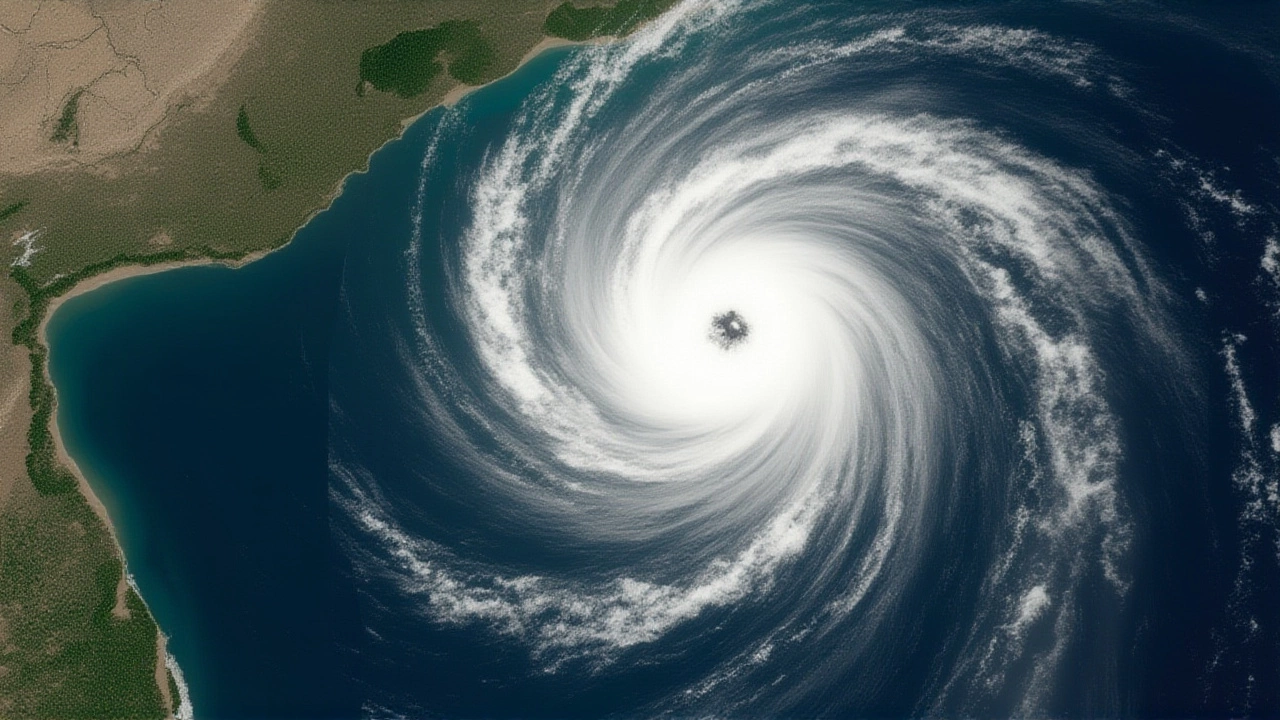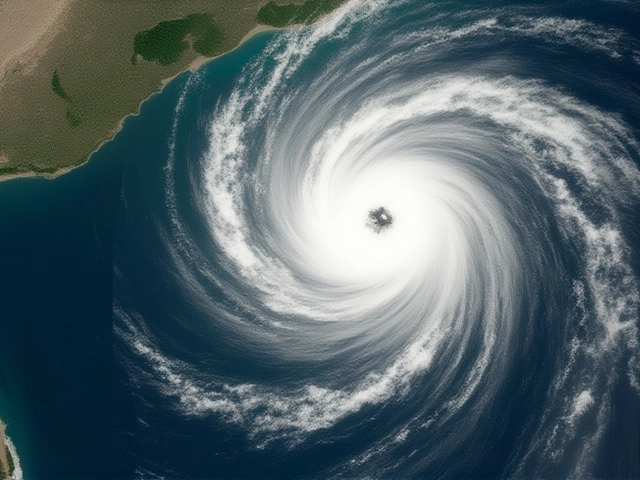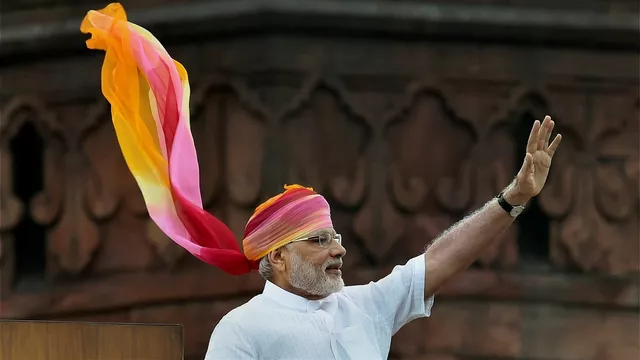India Meteorological Department – Weather Forecasts, Monsoon Updates & Climate Insights
When you think about India Meteorological Department, the national agency that monitors weather, issues forecasts, and studies climate patterns across the country. Also known as IMD, it plays a key role in safeguarding lives, supporting agriculture, aviation and disaster response. The department’s work touches everyone – from a farmer planning sowing dates to a pilot checking turbulence ahead of take‑off. Below we break down the core functions you’ll encounter across the article collection.
One of the cornerstones of IMD’s mission is weather forecasting, the process of predicting atmospheric conditions using observations, computer models and satellite data. This feeds directly into monsoon prediction, the seasonal estimate of rainfall that determines water supply for millions of households and crops. Accurate monsoon forecasts can mean the difference between a bumper harvest and drought stress. Together with climate monitoring, continuous tracking of long‑term temperature, precipitation and extreme events, IMD builds the data backbone for policy makers, researchers and the public.
Behind every forecast lies a network of ground stations, radar towers and weather satellites. The department operates over 600 surface stations, each feeding real‑time temperature, humidity and wind data into regional models. Satellite imagery, especially from the INSAT series, provides cloud‑cover maps that sharpen short‑term warnings. These tools enable IMD to issue alerts for cyclones, heatwaves and fog, which are then relayed via SMS, mobile apps and local media. The seamless flow from observation to public alert is a textbook example of disaster management in action.
How the IMD Supports Different Sectors
Farmers rely on weekly rainfall outlooks to decide when to sow, irrigate or harvest. The department’s Agri‑Weather Services package translates raw forecast data into actionable tips – like the recommended sowing window for rice in the Ganges basin. Aviation authorities use the Aeronautical Forecasts to adjust flight routes, avoiding turbulence and low‑visibility zones. Urban planners consult the Heat‑Island Index, a climate monitoring output, to design greener city spaces that reduce summer discomfort.
Education also benefits from IMD’s outreach. Schools in coastal districts receive simplified monsoon summaries, helping students link classroom lessons to real‑world weather. Meanwhile, the department runs citizen‑science programs where hobbyist observers upload local weather reports, enriching the data pool and fostering community ownership of weather safety.
Technology continues to reshape IMD’s capabilities. Machine‑learning algorithms now post‑process model outputs, cutting forecast errors by up to 15 %. Data‑assimilation techniques merge satellite, radar and surface observations into a single coherent picture, improving the accuracy of early‑stage cyclone intensity estimates. These innovations keep the department at the forefront of global meteorology while serving a uniquely Indian audience.
International collaboration is another pillar. IMD shares data with the World Meteorological Organization, contributes to the Asian Monsoon Project, and partners with neighboring countries for cross‑border storm tracking. Such cooperation ensures that severe weather systems are monitored from their origin to landfall, giving more time for preparation.
When you explore the posts below, you’ll find detailed analyses of recent monsoon seasons, step‑by‑step guides to interpreting IMD’s daily forecasts, and case studies of how the department’s warnings mitigated flood damage. Whether you’re a farmer, a student, an airline planner, or just curious about how weather shapes daily life in India, the collection offers practical insights backed by the latest IMD data.
Stay tuned for the articles that dive deeper into each of these topics, showing exactly how the India Meteorological Department turns complex atmospheric science into everyday information you can rely on.




